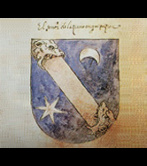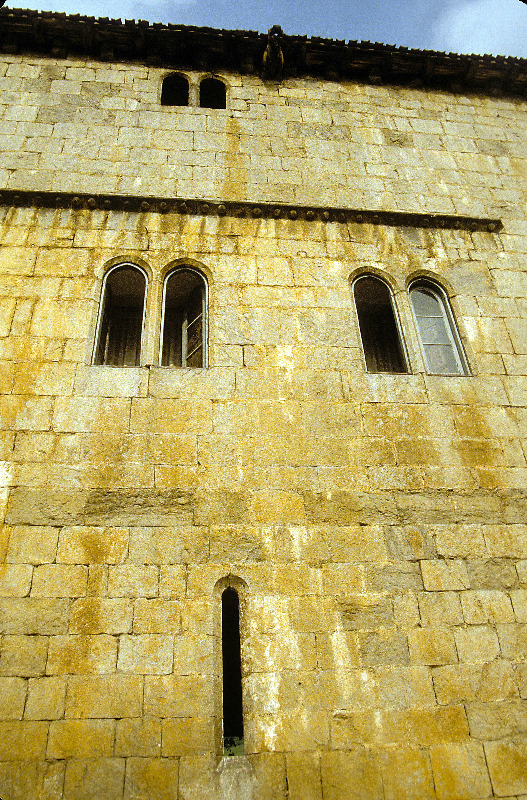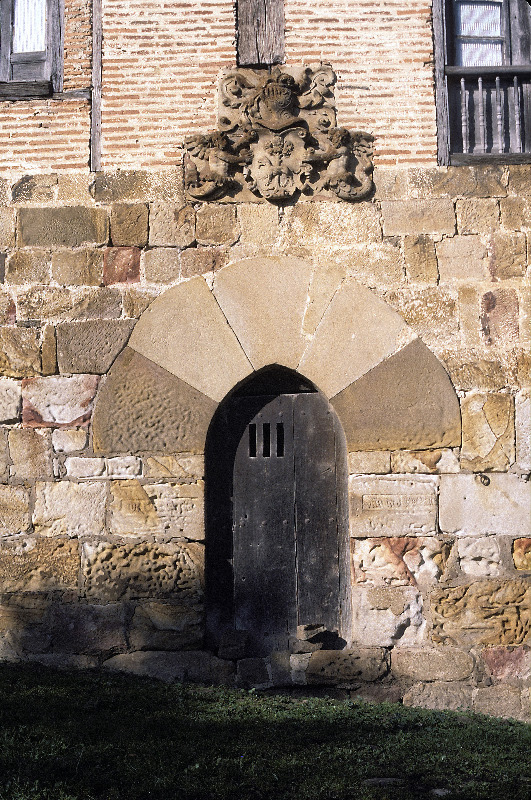Fortified rural houses
Between the 14th and 16th centuries the rural manor houses played a key role in the history of Gipuzkoa. They were involved in both civil and military activities and were both home to and a symbol of the power of the families that owned them, who were both the face and the voice of society and that epoch.
The rural manor house symbolizes the territory and the identity of the family line, and can be neither bought nor sold, but by custom is passed on to a single heir. Family, social and economic life revolves the house. It is the focus of agricultural life, the place where things are made and a focus for trade, and around which other buildings and structures grow up such as forges, mills and bridges. This is also where the soldiers and retinue are based and where feudal rulers exercise their power.
In keeping with these activities, the architecture of these fortified homes is both offensive and defensive character, given that their owners were involved in constant feuding. Burning down the manor house was the clearest demonstration of a rival’s dominance. The ground floor was built of stone, but there were also parts constructed out of wood that was easily set on fire during confrontations with other factions.
This feuding and the confrontation between villas were determining factors in the history of these manor houses. Many were totally or partially destroyed (under the order issued by Enrique IV) after 1456 and under pressure from the Hermandad de Villas y Lugares de la Tierra de Gipuzkoa (The Association of Gipuzcoa Villas and Villages) and with the support of the King of Castile. They were reconverted into private houses without any military characteristics, sometimes using the remains of the former structure and developed, incorporating contemproary artistic styles, into little palaces. Others, on the other hand, became caseríos, mere farmhouses.
In the towns, these urban palaces played a significant role because of their strategic position within or outside the walls. For the families that owned them they were a source of prestige and a symbol of the economic, social and political power they held over the villas. The urban palaces were valuable fixed assets but, unlike the rural manor house, were the object of speculation and repeated buying and selling. This symbolic value, rather than representing the family line, demonstrated the social and economic success of the people who lived in them, for which reason they were often changed and easily adapted according to the fashion of the day, convenience and aesthetics. At the same time, in the villas it became the norm to replace or modernise the layout of the medieval towers.
Further information here: "Towerhouses and lineages in Gipuzkoa" (Bertan Colection) and www.igartza.net




